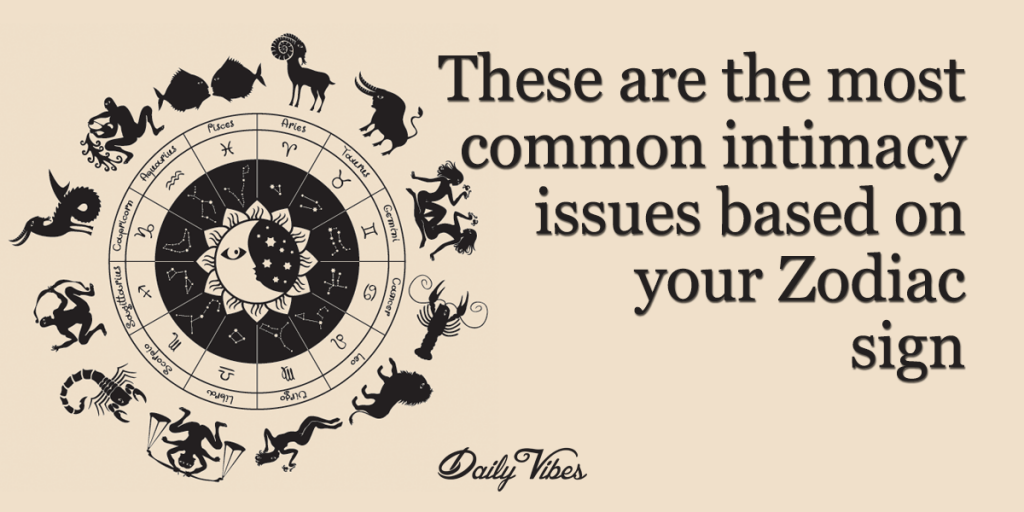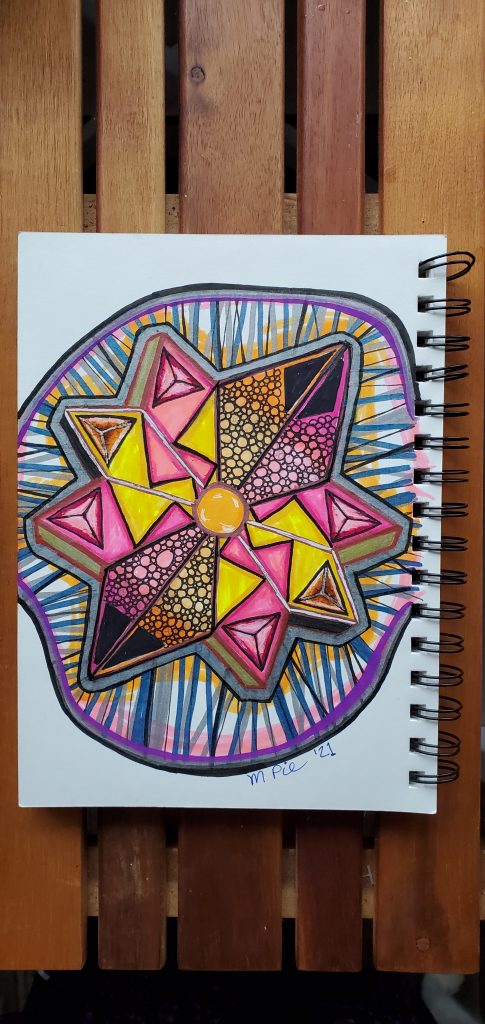ATA4: 3/21/2021
In Assignment 4 we were tasked with discussing our love style. To determine our love style we had to take a survey while thinking about a romantic relationship we’ve had, have, or want to have. Of the six elements that were being tested (eros, ludus, and agape, storge, pragma and mania), I scored above average in eros, ludus, and agape and lower than average in storge, pragma, and mania. Put simply, these scores indicate that I value physical attraction, honesty, and unconditional love more than the average female and I value friendship, practical love, and symptom-love less than the average female.
I found disagreement with these results initially because I knew I was thinking about more than one romantic situation when answering these questions…it was either think about an ex or think about a fling, so I had a hard time focusing some of my answers. After reviewing, though, I feel like these results do accurately represent my love style at this time in my life. I absolutely value honesty and unconditional love. I wish I could value friendship more in my romantic relationships.
This assignment was relevant to me because it measured my own personal response or input, but more specifically because it was about a love style which everyone has. I just happen to be embarrassed by mine. It reminds me of the surveys I am being asked to design in my Communication Research Methods class.
In a Nutshell:

I chose this visual representative image for this assignment takeaway because I think it embodies my attitude towards love styles. Much like the archetypal zodiac signs, love styles speak of attitudes and beliefs that are much deeper than their denotative meaning.
ATA3: 3/14/2021
In Assignment 3 we were tasked with discussing racism. We were prompted to watch comedian and actor Michael Richards’ tirade. This tirade, as termed by pop culture reporters, was delivered on stage by Richards to an audience member during one of his comedy shows. The video documents Richards spewing hateful, racist speech towards an interrupting audience member. Richards relentlessly delivers this hateful speech without pause which is why it was deemed a tirade by reporters. An analysis of Richards’ tirade offered much discussion about racism and the various components that contribute to active racism.
I concluded that “Michael Richards, with his references to historic racial tensions, explicit demands for exclusion, and use of condescending, hateful language, makes him by and large a racist.” Richards was discriminatory and prejudice towards an interrupting audience member—with his reactions centering around race rather than the actual behavior of interruption.
I learned how harmful racism is with this assignment. Even though Richards is a famous actor who is easily recognizable, I did not suspect or was aware of his racist tendencies. After viewing this display of racism, I perceive Richards differently. I learned how to recognize racism and have even started to understand my own possibly racist tendencies. For example, I sometimes wish I didn’t have to recognize skin color at all. Race is a double-edged sword that can be both empowering and/or debilitating. I still find race to be confusing and believe it to be hard to recognize sometimes. This is personally relevant to me because I believe I am experiencing the collective guilt associated with my (white) race.
This is a representative image of what I believe is the cornerstone of racism. Inferiority stemming from having the land from under your feet taken from you and superiority from be able to take resources away from others. This concept is communicated visually with the big hands and little people—such as to say that what one person can grab is larger than the entire livelihood of another. Since white people have historically be known for enacting the most colonization efforts, they are more readily seen as thieves and instigators. They won’t call themselves thieves, though. This is white privilege.
ATA2: 2/21/2021
In Assignment 2 we were tasked with providing representative images of our self-identity. I figured the best place to find various images of my self-identity would be a social media account. I chose Instagram and came up with 6 styles that represent my self-identity. The 6 types/styles of photos (representations of my self-identity) are photos of myself (selfies), photos of my artwork, photos of nature, photos of pets, photos of food, and photos of events.
Selfies capture my physical presence and represent how I see myself. Having a lot of selfies that are “front-facing” and only including half my body represent the controlled, half understood part of myself. To me this represents that I like to take pictures of myself more than I let other people take pictures of me. Photos of my artwork represent my personality trait of creativity as they are creative outputs. Photos of nature represent my interactions with the world around me and indicate that I am an organism just like the flora and fauna pictured. Photos of pets represent domestication and indicate that I am someone who has companionship for animals. I also discussed domesticated instincts as a representation of myself in photos of pets. Photos of food represent my survival habits, but also indicate the luxurious side of myself. Lastly, photos of events represent my interaction with civilization and humanity which indicates that I am someone who, like the styles of these photos, varies with contexts.
I learned how to analyze myself in this assignment. The only way to conduct this analysis is to have language and knowledge to put the pieces together. I learned that I can define myself in a variety of ways based on one common item (a photo). Even though the same procedures and equipment were used to document these aspects of myself, the representations and conclusions made from them all differ and vary. This variation among constants is similar to what we learned about schemas. While schemas are one concept, their implementations vary among people just like self-identity. Here’s a drawing I made that I’m calling “Schemas.”
It is slightly disproportionate (likely from technical error) but I used this as part of the conceptual design. The eye will both notice the slight asymmetry and attempt to correct these proportions, a behavior that mirrors the concept of schema persistence.
ATA1: 2/7/2021
In Assignment 1 we provided examples of the four types of heuristics: representative, availability, anchoring and adjustment, and status quo. This assignment helped me to define heuristics in terms of my own choosing. I always find this method to be very effective for comprehension and retainment. Instead of quoting the textbook definition to understand course concepts, this method allows me to encode meaning in a way that brings new insight into the course and the concept. It is certainly more engaging for me.
My examples were quirky and unique, as they had to be different than the ones provided in the textbook. For representative heuristics, I gave the example of a female in a dress being attributed as heterosexual. If she is particularly “girly” she may very well be assumed to be sexually attracted to men. For availability heuristics, I gave the example of “news-related” events influencing perception of one’s day. When you ask someone how their day is going during a pandemic, their response is more likely to be related to the pandemic. For anchoring and adjustment heuristics, I gave the example of parents and their children. Parents serve as anchors and children serve as adjustments. For status quo heuristics, I gave the example of local townspeople going to the local hamburger place instead of the new, corporate hamburger place across the street.
Heuristics regards how inferences are made to ultimately make decisions. In many ways, symbols are closely related to heuristics. I make huge use of heuristics in my Rhetorical Criticism class.
In a Nutshell:

Source:
This image depicts a person looking into the truth of a matter to make a decision. Research consists of a simple internet search and clicking on quite literally “the first link that agrees with what you already believe.” This cartoon speaks to the cognitive shortcuts that heuristics provide.

